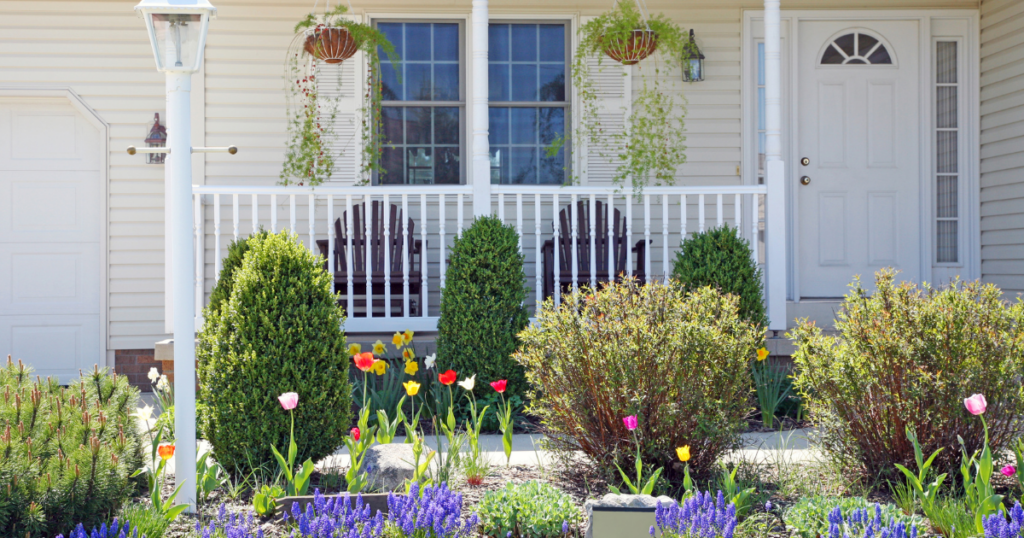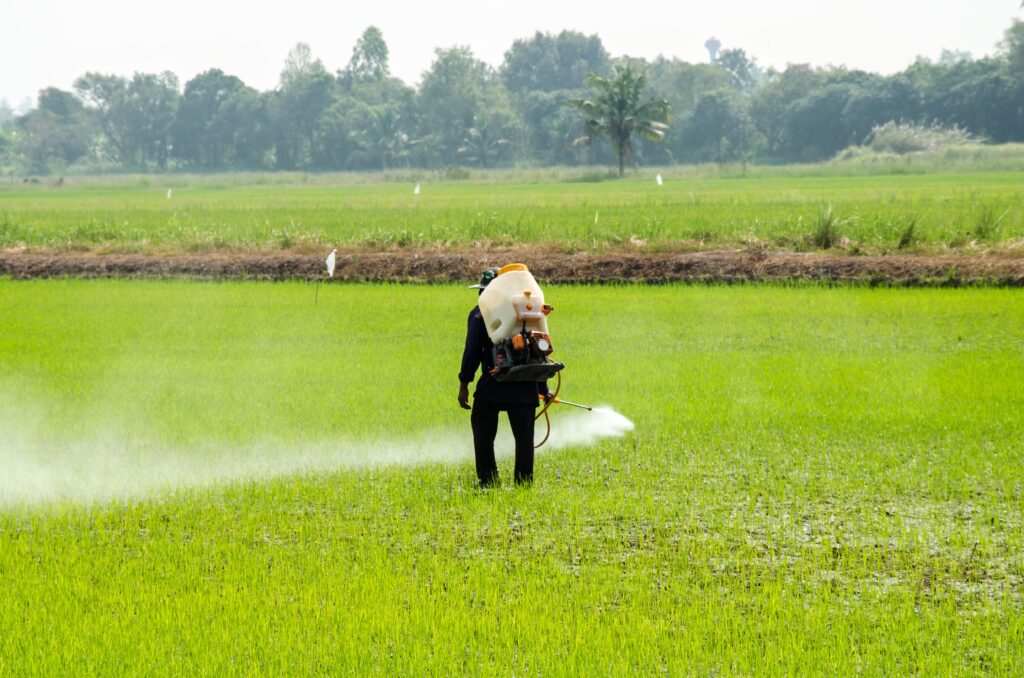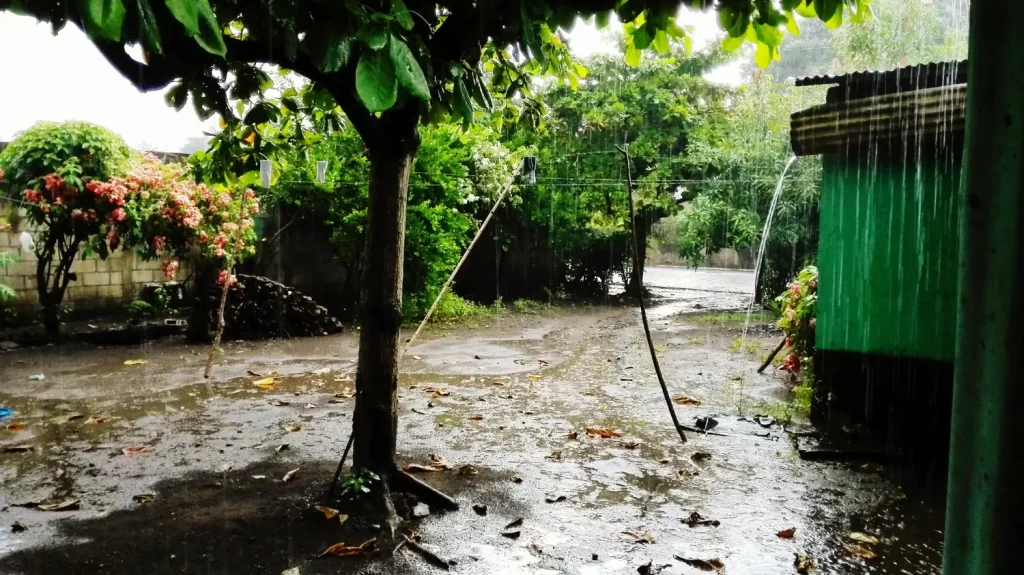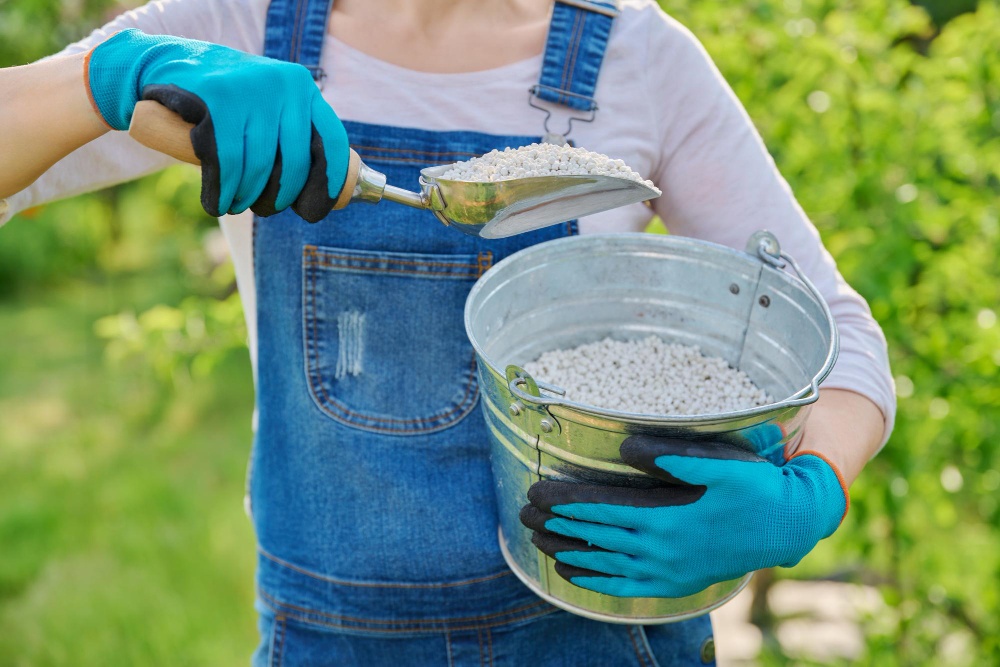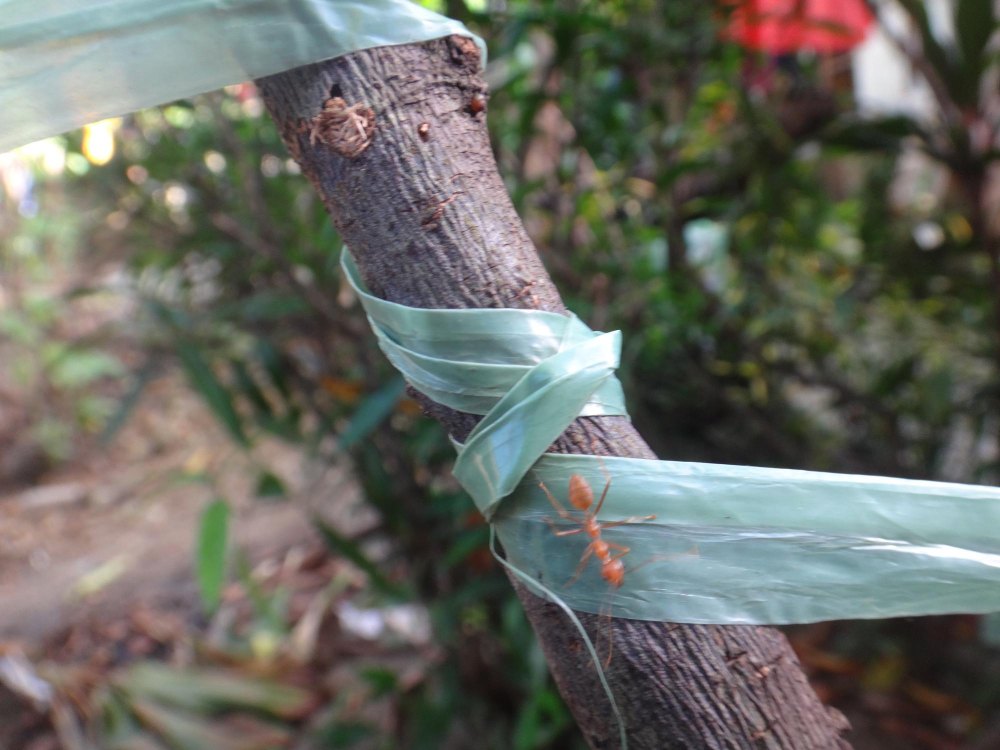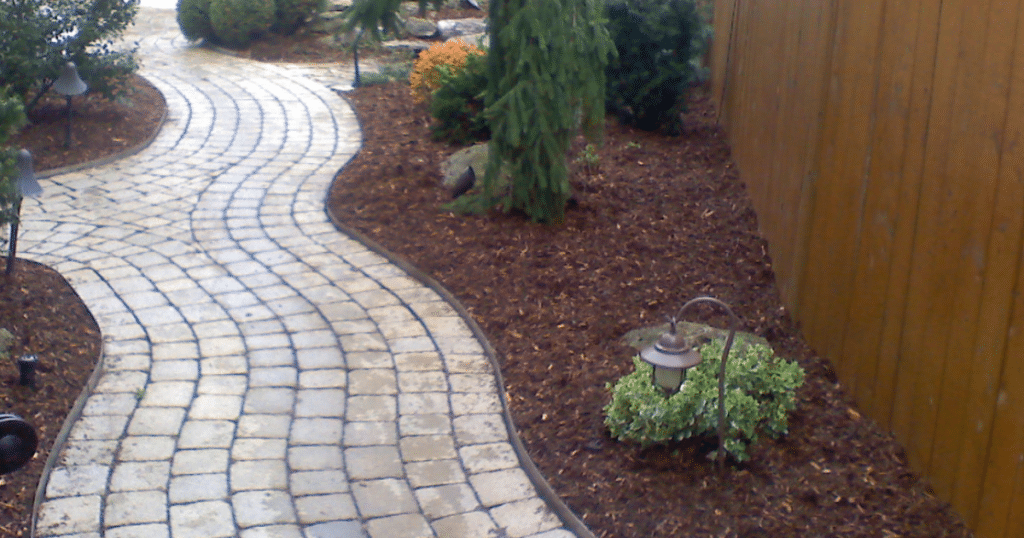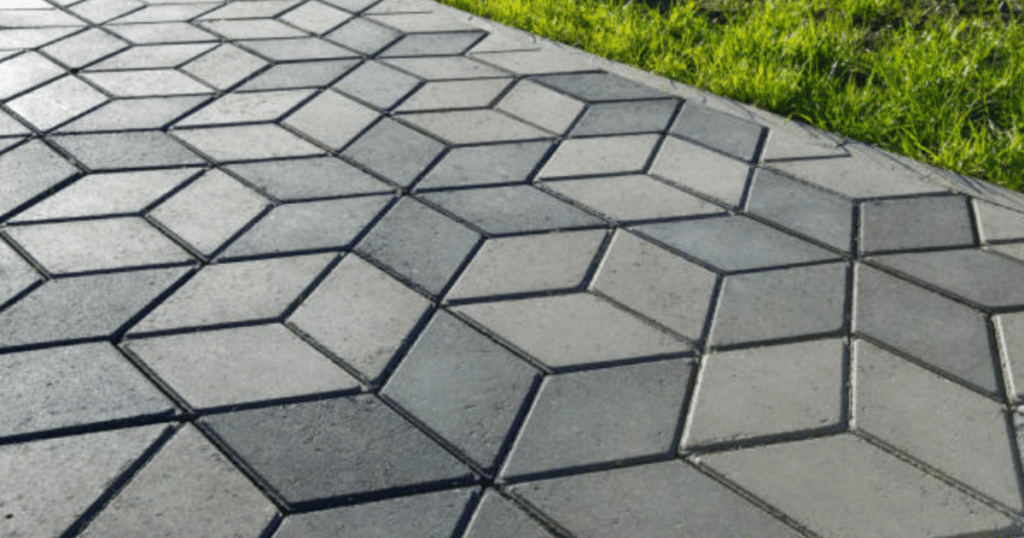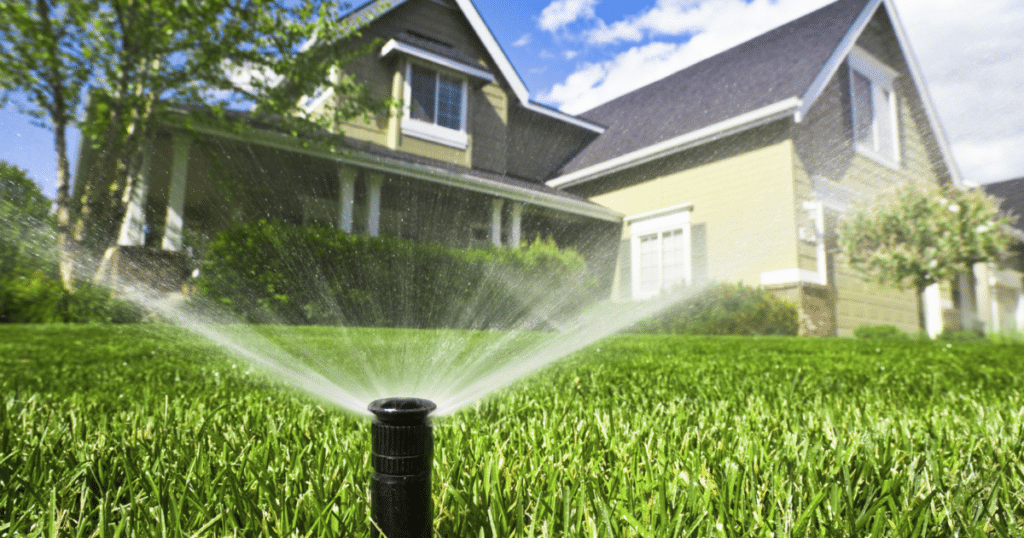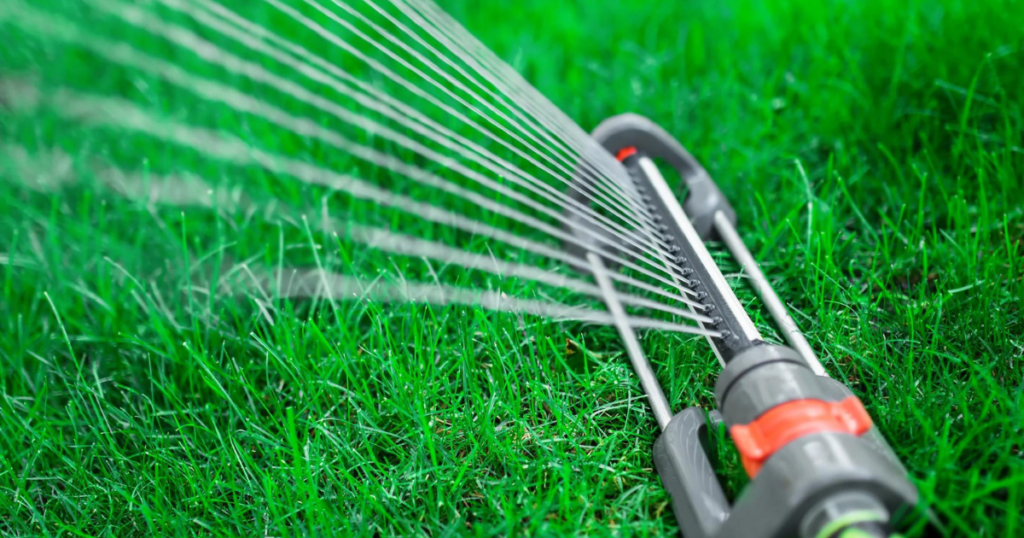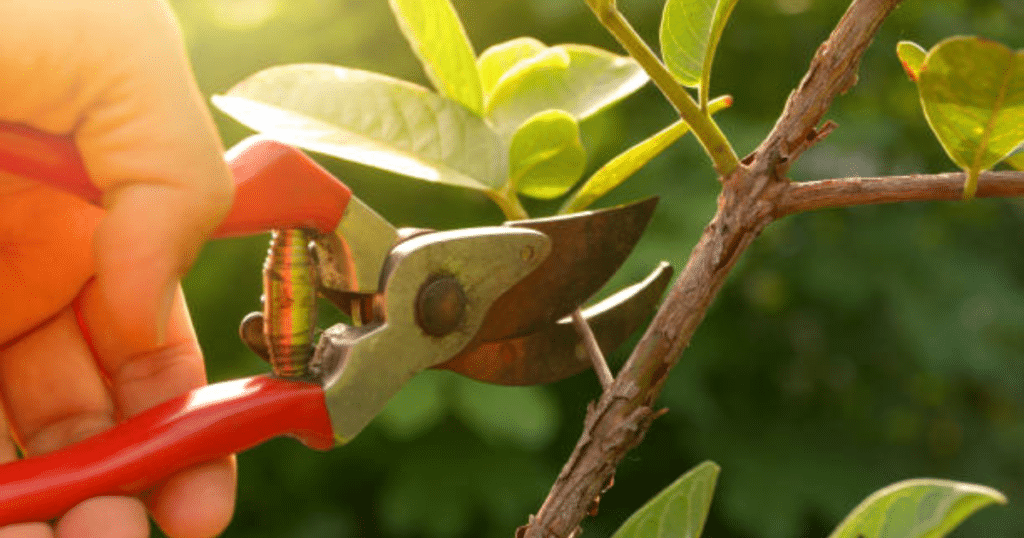A lush and healthy lawn is a source of pride for homeowners, but if your yard tends to become waterlogged or suffers from poor drainage, it can lead to numerous problems. Excessive moisture can result in soggy patches, unsightly puddles, and even damage to your plants’ roots. Luckily, there are several effective methods to improve drainage in your lawn and restore its vitality. Paramount will provide you some tips and tricks to help you achieve a well-drained and flourishing outdoor space.
Evaluate the Topography
Begin by assessing the slope and contours of your lawn. Ideally, your yard should have a gentle slope that encourages water to flow away from your house and towards a designated drainage area. Level out any low spots and consider creating gentle swales or channels to redirect water.
Aerate the Soil
Compacted soil can hinder drainage by preventing water from penetrating deeper into the ground. Regularly aerating your lawn using a core aerator or a manual aerator will create small holes, loosening the soil and promoting better water absorption. This process also enhances the circulation of oxygen, benefiting the roots of your grass.
Install a French Drain
For persistent drainage issues, a French drain can be a practical solution. This system involves digging a trench, lining it with a permeable geotextile fabric, and filling it with gravel. The drain effectively collects excess water and redirects it away from the problem areas, preventing water-logging and minimizing potential damage.
Optimize Plant Selection
Choosing plants that thrive in moist conditions can significantly improve drainage in your lawn. Consider incorporating native species that are adapted to your region’s climate and have natural tolerance to wet soil. Additionally, planting in raised beds or mounds can enhance drainage by elevating the root zone above the waterlogged areas.
Create Rain Gardens
Rain gardens are aesthetically pleasing and environmentally beneficial. These strategically designed garden beds help capture and absorb excess rainwater, preventing it from pooling in your lawn. Select plants with deep root systems that can absorb excess moisture and position the rain garden in a low-lying area to collect runoff.
Maintaining proper drainage in your lawn is essential for preserving its health and beauty. By following these tips and tricks, you can effectively mitigate water-logging issues and create a thriving outdoor space. Remember to regularly monitor and adjust your drainage techniques to ensure they remain effective over time. With improved drainage, your lawn will flourish, providing a welcoming environment for you and your family for years to come.

